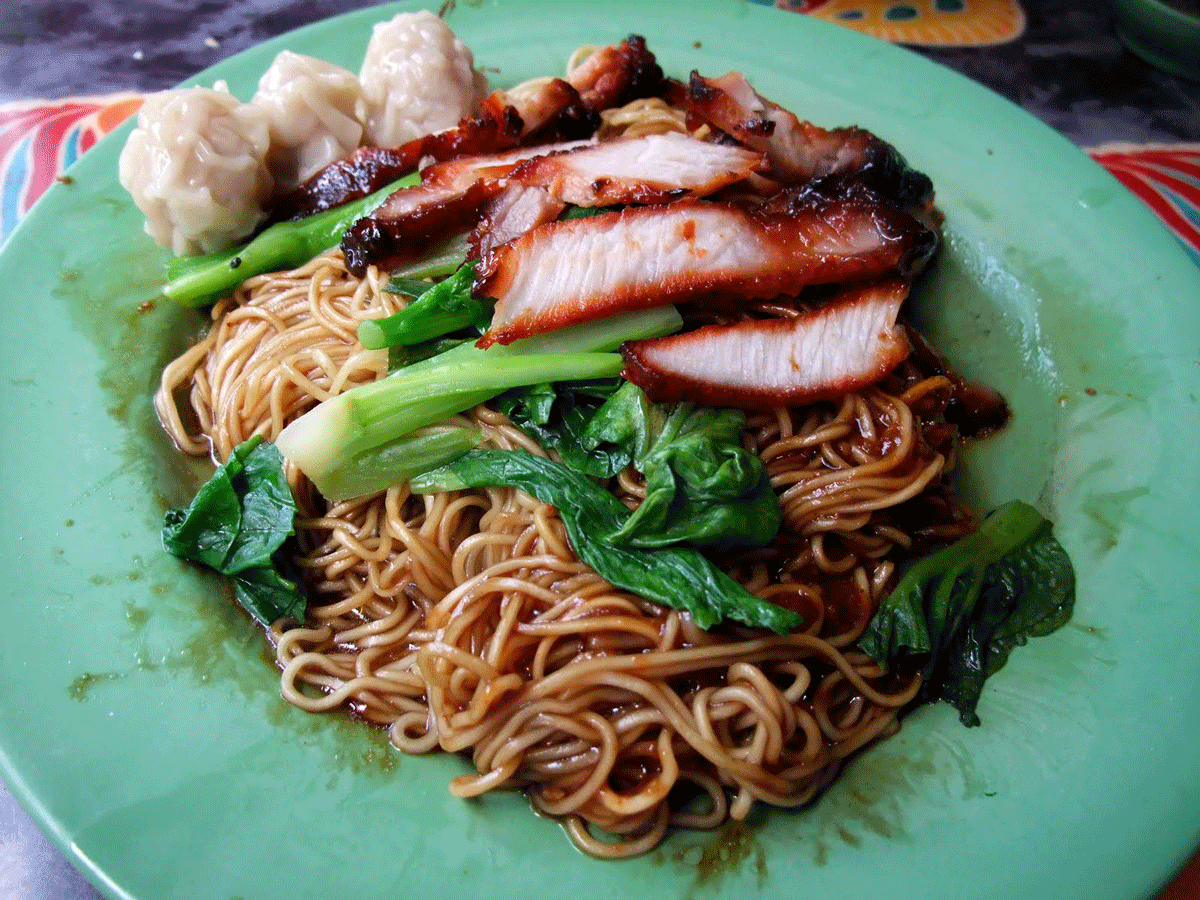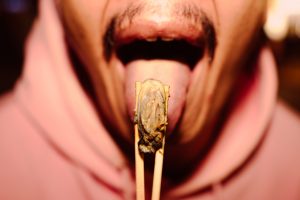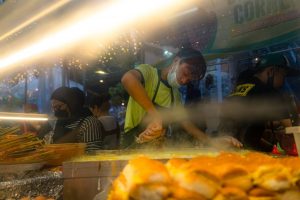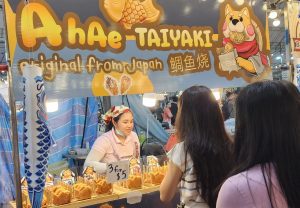Some believe that the Soufflé is the hardest dish in the world to perfect. Others have argued that it is in fact Bearnaise Sauce or Beef Wellington that is near impossible to get right.
Guess what?
They’re all wrong.
The hardest dish to perfect is wanton mee.

A quick google search of “wanton mee Singapore” yields no less than 15 articles listing the best wanton mee spots in Singapore.
I’ve been to almost all of these places and many others. But would I say that any single one of them is the best?
No.
The best wanton mee doesn’t exist.
It’s a tease, that’s what it is.
Think about that wanton mee store at the coffee shop near where you live. Is it perfect?
Nope. The noodles aren’t springy enough.
How about the store that’s just around the corner from your office?
Definitely not. The wantons are flavourless.
Or how about a classic favourite like Kok Kee? No, the char siu slices are too thin and taste like cardboard. What about Da Jie Famous Wanton Mee? Sadly, their wantons are very, very average.
And how about a big name like Eng’s Noodle House? Not with their mediocre char siu and undercooked vegetables. Fei Fei Wan Tan Mee? The sauce is unfortunately bland. Soi19? Not until they improve the quality of their soup.
There are good wanton mees, sometimes great ones too.
But perfect? Never.
And it’s not just me.
In the Straits Times’ list of “15 best wonton mee in Singapore, picked by ST’s food critics”, their praise was not without criticism, describing certain dishes as “[lacking in] depth and complexity”, being “under seasoned”, “generic” and “lackluster”.
The same goes for Rubbish Eat Rubbish Grow which despite ranking Kok Kee Wanton Mee as Singapore’s #1 out of 55 other stalls, criticised their char siu for being lean and tough (I disagree, their char siu is so thin it’s practically nonexistent).
Usually, it’s either the noodles / wantons are great but the char siew sucks, or vice versa. This is because making roast meats like char siew is an entirely different business and is generally not part of the wanton mee hawker’s core service offerings or skill set.
When char siew does take the centre stage, it is usually because the store specialises in roast meats and simply serves noodles and wantons as a secondary offering (this is the exactly when you get great char siew, but shitty noodles).

There are many moving parts that must ultimately come together to form a whole dish.
Unlike prata, where there can sometimes be as little as one thing to worry about, or char kway teow where everything is cooked and intended to be eaten together, wanton mee consists of multiple elements, each requiring different ingredients, different cooking times, and different skillsets.
First you have the noodles, which must be springy and of a medium-softness. Not limp but not overly chewy either.
Second, the sauce. Whether it’s a secret sauce, soy sauce, ketchup or chilli, it must be tasty and in the right amount. Not too much, such that it overpowers the dish, but not too little such that the noodles end up dry and sticking together.
Third, the wantons, which must be made and cooked to perfection; the skin as thin as tissue, yet not so delicate to the point of tearing. The meat? Well, marinated and still juicy.
Fourth, the char siu, which should retain a fine balance (preferably 80:20) between meat, and fatty goodness. It must be sweet, but not too sweet, and sliced substantially into sizeable, biteable chunks, not meagre shreds that get drowned and lost within the noodles.
Then come the vegetables, which need to be cooked just right so that they retain their colour and their crunch without tasting raw and undercooked.
Last but not least, the soup, a delightful combination of chicken broth, salt and spring onions that shouldn’t taste too oily or salty.
And nailing these elements individually is not enough. To produce the perfect bowl of wanton mee, one also has to ensure that the tastes and textures of these elements complement one another nicely.
It’s a mammoth undertaking, and one that Singapore’s hawkers (unfortunately) haven’t managed to nail.

It just really frustrates me that there’s always something wrong with the dish.
I’ve had perfect chicken rice (Loy Kee), perfect prata (Mr and Mrs Mohgan’s Super Crispy Roti Prata), perfect laksa (Sungei Road Laksa), perfect hokkien mee (Ah Hock Fried Hokkien Noodles), and perfect char kway teow (Hill Street Fried Kway Teow). But never wanton mee.
In fact, just like the Lost City Of Atlantis or Yamashita’s gold, I’m starting to think that the perfect plate of wanton mee doesn’t exist.
—
Have you found the perfect wanton mee? Drop us an email at hello@ricemedia.co.








